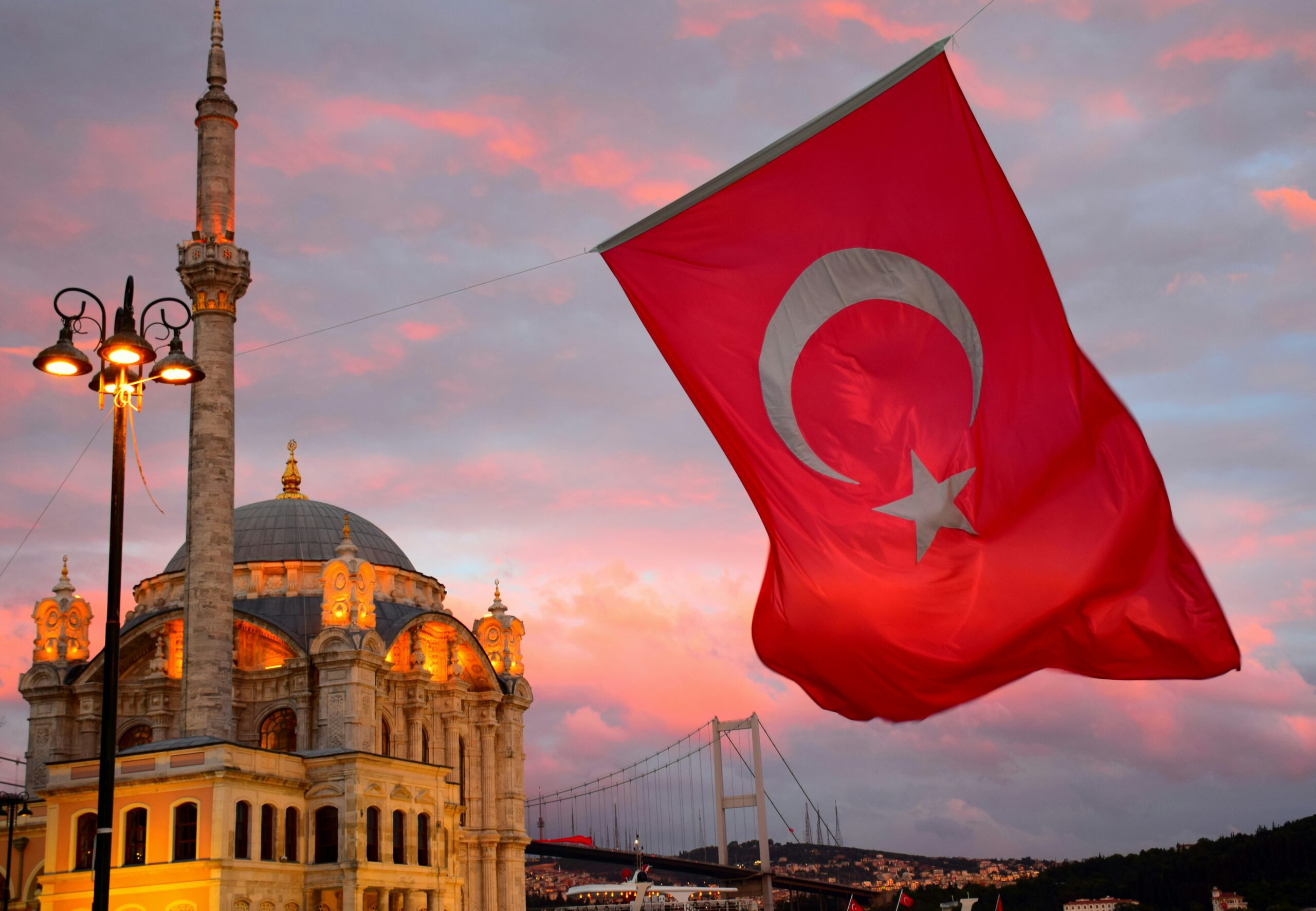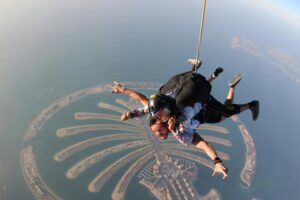Few cities in the world are as unique and captivating as Istanbul. Once known as Byzantium and later Constantinople, Istanbul has been the capital of three great empires: Roman, Byzantine, and Ottoman.
Today, it is not only Turkey’s largest city but also a cultural bridge between Europe and Asia. With its minarets piercing the skyline, palaces overlooking the Bosphorus, and bustling markets alive with history, Istanbul is truly a city that never ceases to inspire.
When visiting Istanbul I felt like stepping into a living museum, where every street corner tells a story. From majestic mosques to vibrant bazaars, from quiet waterside walks to crowded avenues, Istanbul embodies contrasts—ancient and modern, Eastern and Western, serene and chaotic—all harmoniously blended.
Table of Contents
Country Snapshot
Country: Turkey
Capital City: Ankara (not Istanbul, though many assume so)
Largest City: Istanbul
Population: ~85 million (with over 15 million in Istanbul alone)
Official Language: Turkish. English is widely spoken in tourist areas, and many locals also know Arabic, German, or French.
Currency: Turkish Lira (TRY)
Religion: Islam (majority Sunni), but Turkey is officially secular. Churches, synagogues, and mosques exist side by side in Istanbul.
Geography: A transcontinental country bordered by Greece, Bulgaria, Georgia, Armenia, Iran, Iraq, and Syria, with coasts along the Black Sea, Aegean, and Mediterranean.
Getting There: Istanbul is served by two major airports—Istanbul Airport (IST), one of the largest in the world, and Sabiha Gökçen (SAW). Direct flights connect Istanbul with Europe, Asia, Africa, and the Americas, making it one of the world’s busiest gateways.
The national carrier of Turkey is Turkish Airlines and is known for its modern fleet—dominated by Airbus A350s, Boeing 787 Dreamliners, and the reliable A320 and B737 families for shorter routes. Based in Istanbul, the airline operates one of the world’s largest route networks, connecting more than 340 destinations across six continents.
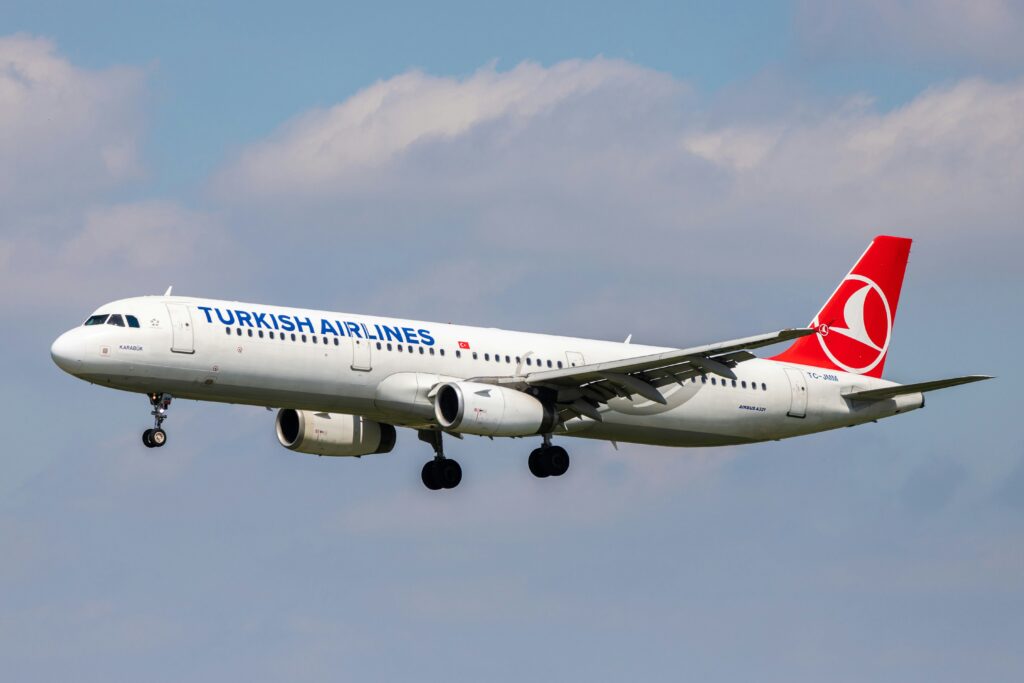
First Impressions of Istanbul
Arriving in Istanbul is a sensory experience. From the moment you leave the airport, the city’s energy surrounds you—minarets rise above neighbourhoods, ferries crisscross the Bosphorus, and modern bridges link two continents. My first walk along the Bosphorus Strait, watching the sun dance on the water while fishermen cast their lines, gave me a sense of the city’s rhythm: peaceful yet constantly alive.
Mosques and Architectural Marvels
Istanbul is often described as the City of Mosques, and for good reason—there are more than 3,000, each with its own story.
The Blue Mosque (Sultan Ahmed Mosque): With six minarets and a dazzling interior decorated with over 20,000 blue Iznik tiles, this mosque is both a place of worship and a marvel of Ottoman architecture. Sitting quietly inside, I felt both serenity and admiration for the craftsmanship.
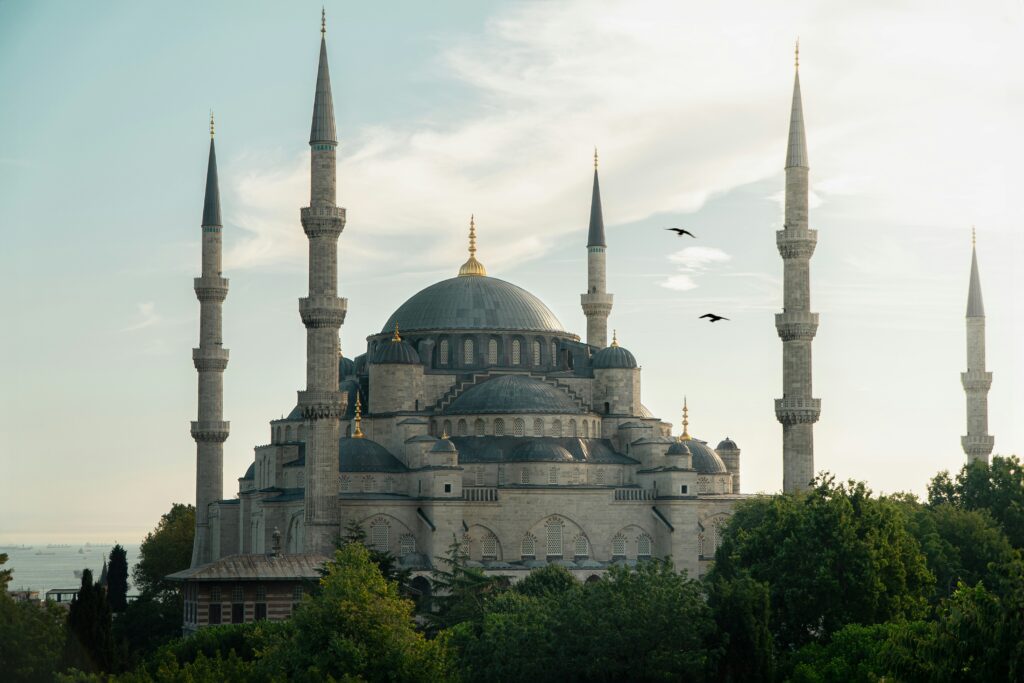
Hagia Sophia: Perhaps Istanbul’s most iconic landmark. Once a Byzantine cathedral, later an Ottoman mosque, then a museum, and now again a mosque, it represents the layers of Istanbul’s history. Walking through its vast interior, where mosaics and Islamic calligraphy coexist, I felt the city’s identity as a crossroads of civilizations.
Suleymaniye Mosque: Overlooking the Golden Horn, this masterpiece by the famous architect Mimar Sinan combines grandeur with grace. The views from its gardens across the city are breath-taking.
Rustem Pasha Mosque: A smaller but stunning mosque known for its intricate tilework. Often overlooked by tourists, it’s a hidden gem.
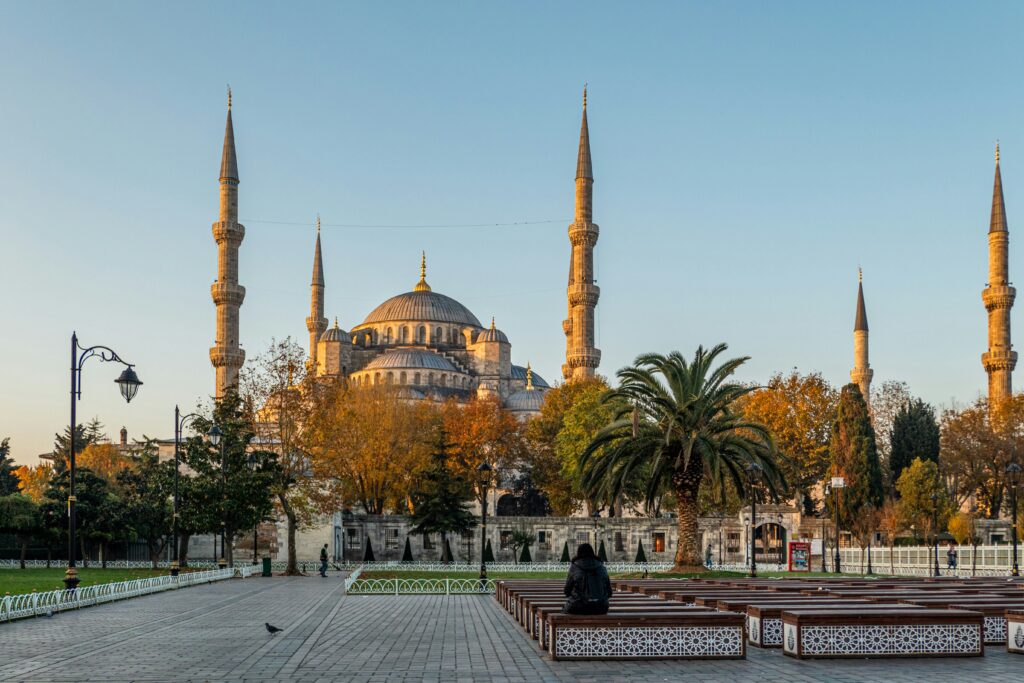
Palaces and Imperial Splendor
For centuries, sultans ruled vast empires from Istanbul, and their palaces still stand as testaments to power and luxury.
Topkapi Palace: A sprawling complex that once housed Ottoman sultans, their families, and officials. The harem, treasury (with the famous Topkapi Dagger and Spoon maker’s Diamond), and ornate courtyards reveal the opulence of Ottoman rule. Walking through, I felt transported into another era.
Dolmabahce Palace: A 19th-century European-style palace built on the Bosphorus. Its crystal chandeliers, gold-leaf ceilings, and lavish ballrooms rival the palaces of Paris or Vienna. Atatürk, the founder of modern Turkey, also spent his last days here, making it historically significant.
Museums and Cultural Treasures
Istanbul offers countless museums that help travellers connect with its past and present.
Museum of Turkish and Islamic Arts: Located in the old palace of Ibrahim Pasha, it displays carpets, calligraphy, and ceramics dating back centuries.
Istanbul Archaeological Museums: Home to artifacts from Mesopotamia, Egypt, and Anatolia, including the famous Alexander Sarcophagus.
Istanbul Modern: A contemporary art museum on the Bosphorus, showcasing Turkey’s modern creativity.
https://www.lonelyplanet.com/articles/best-museums-in-istanbul
Markets, Squares, and Streets
Few experiences define Istanbul more than its markets and squares.
Grand Bazaar: One of the oldest and largest covered markets in the world, with over 4,000 shops. From carpets to gold jewellery, leather to ceramics, it’s a paradise for shoppers. Bargaining here is expected and fun.
Spice Bazaar (Egyptian Bazaar): A fragrant world of saffron, cinnamon, dried fruits, and Turkish delights.
Istiklal Avenue: A pedestrian street lined with shops, cafes, and historic trams. By day, it’s bustling with shoppers; by night, it’s alive with music and nightlife.
Taksim Square: The beating heart of modern Istanbul and a hub for political, cultural, and social events.
Experiencing the Bosphorus
The Bosphorus Strait, dividing Europe and Asia, is the soul of Istanbul.
Bosphorus Cruises: Taking a ferry or dinner cruise along the Bosphorus offers breathtaking views of palaces, mosques, and mansions. At sunset, the city lights reflecting on the water make it unforgettable.
Galata Bridge: A lively spot where fishermen cast lines, and cafes serve fresh fish sandwiches.
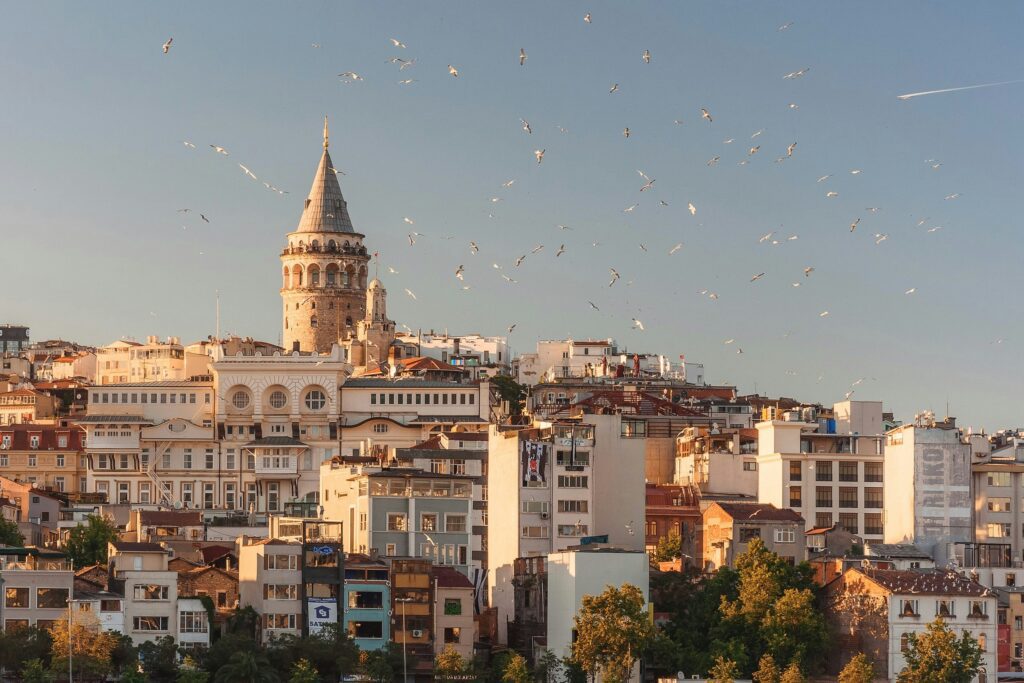
Bridges Connecting Two Continents: Crossing the Bosphorus Bridge (15 July Martyrs Bridge) gave me the surreal feeling of moving between Europe and Asia in just minutes.
Festivals and Cultural Events
Istanbul hosts events that highlight its rich traditions and global appeal:
Istanbul Tulip Festival (April): Parks burst with millions of colourful tulips, a flower with Ottoman heritage.
Istanbul International Film Festival (April): A celebration of global and Turkish cinema.
Ramadan (dates vary): At night, mosques are lit, and families gather to breakfast with iftar meals. The atmosphere around Sultanahmet Square during Ramadan is magical.
Republic Day (October 29): National celebrations with fireworks over the Bosphorus.
Whirling Dervish Ceremonies: Rooted in Sufi tradition, these spiritual performances can be seen in cultural centres across Istanbul.
Practical Travel Tips
Best Time to Visit: Spring (April–June) and Fall (September–November) offer pleasant weather and fewer crowds. Summers are hot and busy, while winters are mild but rainy.
Transport: Istanbul’s public transport is excellent. Use trams, metro, ferries, and buses with the Istanbulkart (a prepaid travel card). Taxis are affordable but always check the meter.
Money: Turkish Lira (TRY) is the local currency, though some tourist areas accept euros or dollars. ATMs are widespread.
Dress Code: Modest clothing is required in mosques (women should cover their heads, men should wear long trousers). Outside religious sites, modern dress is acceptable.
Cultural Etiquette: Remove shoes before entering mosques. Always greet shopkeepers politely before bargaining.
Safety: Istanbul is generally safe, but like any large city, beware of pickpockets in crowded areas.
Food and Flavours of Istanbul
Turkish cuisine is one of the highlights of visiting Istanbul.
Kebabs: From doner to shish, kebabs are everywhere and always delicious.
Baklava: Layers of pastry, nuts, and honey—a sweet treat best enjoyed with Turkish tea.
Meze: Small appetizer plates including hummus, stuffed grape leaves, and eggplant dishes.
Simit: Sesame-covered bread rings sold by street vendors. Perfect for breakfast.
Turkish Tea & Coffee: Tea (çay) is served in tulip-shaped glasses, while Turkish coffee is rich, strong, and unfiltered.
Fish by the Bosphorus: Freshly grilled fish sandwiches at Galata Bridge are a local favourite.
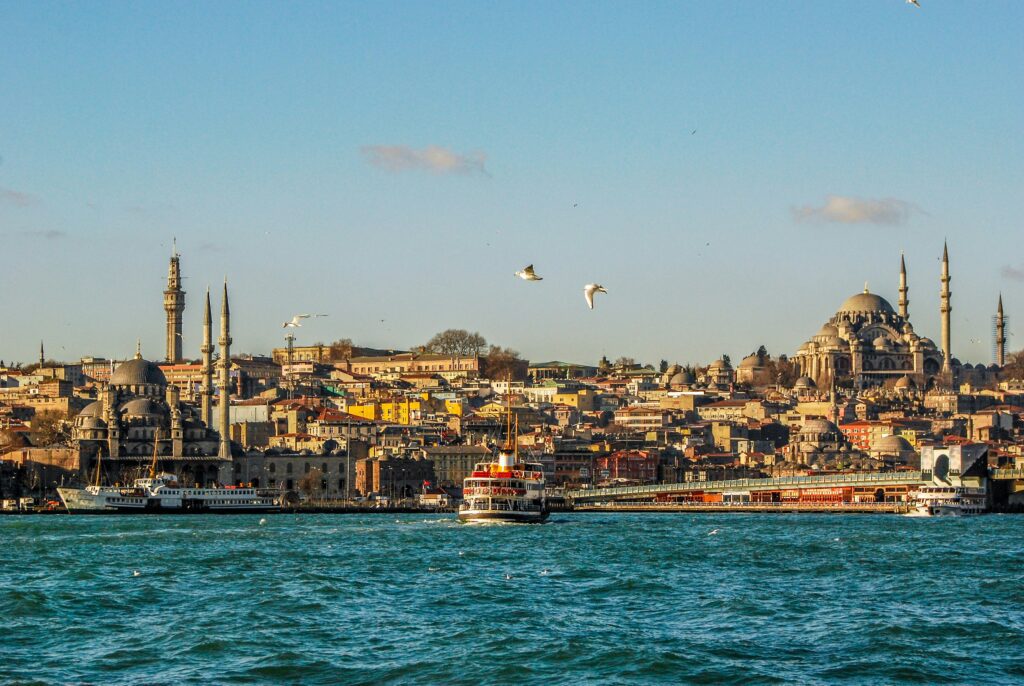
Beyond Istanbul
While Istanbul alone could fill weeks, Turkey offers much more:
Antalya is one of the most popular holiday destinations in the country. Blessed with golden beaches, turquoise waters, and dramatic mountain backdrops, Antalya offers a perfect mix of relaxation, culture, and adventure.
Bodrum which is located on the Aegean coast of Turkey combines ancient heritage with a cosmopolitan atmosphere. The town is home to the impressive Bodrum Castle, built by the Knights of St. John, which now houses the Museum of Underwater Archaeology. Nearby are the remains of the Mausoleum at Halicarnassus, one of the Seven Wonders of the Ancient World.
Dalaman is best known as a gateway to south-western Turkey’s resort towns, thanks to its international airport. But it is more than just a transit point—Dalaman itself offers natural beauty and tranquillity. Dalaman is close to some of Turkey’s most beloved holiday resorts, including Marmaris, Fethiye, and Ölüdeniz. The famous Blue Lagoon at Ölüdeniz is just a short drive away and is one of the most photographed beaches in the world.
My Reflections
For me, Istanbul is a city of layers—layers of history, religion, architecture, and culture. Walking through its streets, I felt like I was moving through time: the Roman remnants of Constantine, the grandeur of the Ottoman sultans, and the vibrancy of modern Turkey all coexisting.
Istanbul is not just a place to visit—it is a city to experience, feel, and remember. Standing on the Bosphorus, looking at domes and minarets against the sunset, I understood why so many writers, poets, and travellers have called this one of the world’s greatest cities.
It is, without doubt, where East truly meets West.
